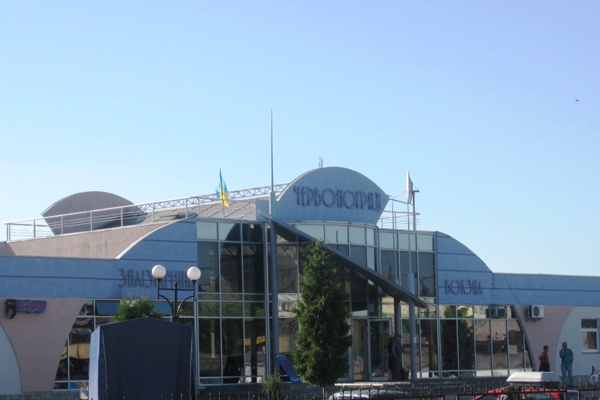Chervonohrad
Chervonohrad [Червоноград; Červonohrad]. Map: III-5. City (2017 pop 67,223) in Lviv oblast, located in the Buh Depression on the Buh River. The town was built in 1692 by the Polish magnate Feliks Kazimierz Potocki and was called Krystynopil until 1951. In 1736 Potocki built a palace and funded a Basilian monastery (including the baroque Church of Saint George). Until 1946 the town was a known religious center, attracting pilgrims by its miracle-working icon of the Mother of God. In the 19th century the Horodyshche Apostolos, Horodyshche Gospel, and the famous chronicle of 1763–79, which was reprinted several times, were part of the town’s valuable collection of historical monuments. After 1951 Chervonohrad became one of the centers of the then established Lviv-Volhynia Coal Basin, and it grew rapidly. Its population increased from 3,000 in 1939 to 12,000 in 1959, 44,000 in 1970, and 53,000 in 1977. Apart from several coal mines, the city has a reinforced-concrete and metal-products plant, a woodworking complex, a dairy, clothing and stocking factories, a branch of the Economics Faculty of Lviv University, and a mining tekhnikum. The Saint George monastery (see Krystynopil Monastery) of the Basilian monastic order was reopened in 1989.
[This article was updated in 2020.]
%20present.jpg)
.jpg)
